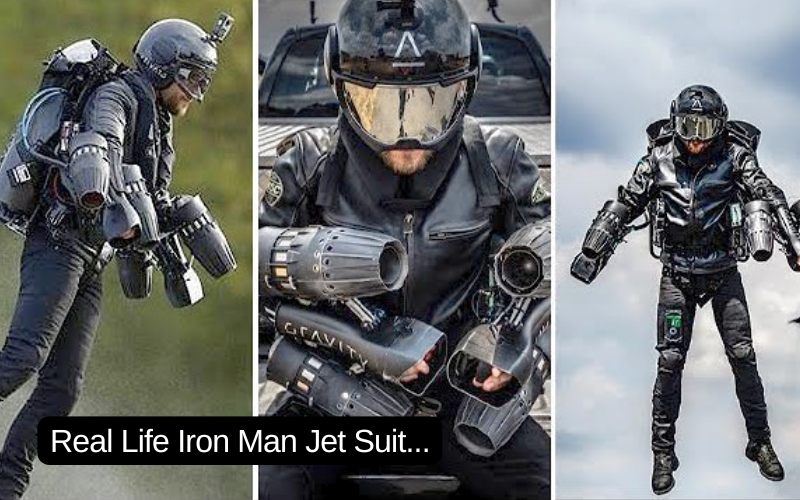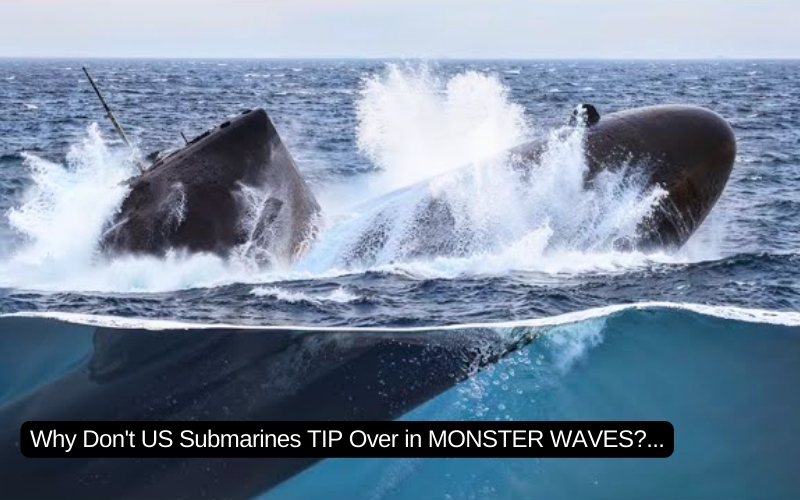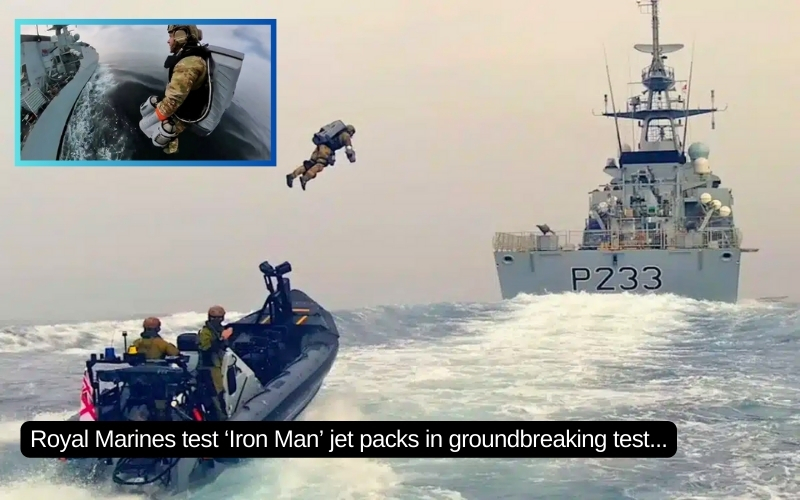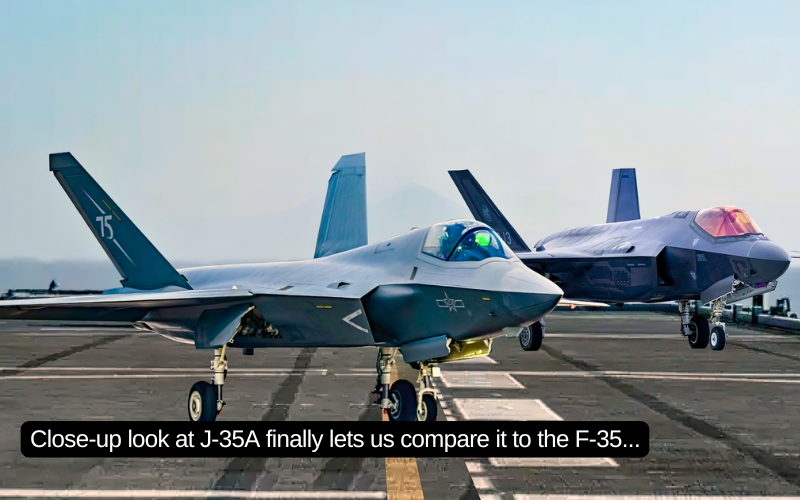The Northrop Tacit Blue was probably one of the most distinctive and unusual looking stealth aircraft to be produced. Usually the word “stealth” for an aircraft conjures up an image of an ominous but sleek, futuristic looking plane in a black finish. The Tacit Blue, on the other hand, featured a comical, boxy design that unsurprisingly led to several nicknames.
The Tacit Blue was built by Northrop as a stealth aircraft that was intended to loiter above enemy positions and transmit a live feed of their movements back to a command center – all while remaining invisible to radar.
As such, the Tacit Blue contained a huge radar system that could provide data on enemy movements that was reportedly so detailed it could almost detect the type of vehicles 30,000 feet below.
Only one airworthy example of the Tacit Blue was built – it proved to be one of the most advanced stealth aircraft that has ever been disclosed to the public. Having said that, to this day some aspects of its design remain classified.
Origins
In the 1970s, the Defense Advanced Research Projects Agency (DARPA) section of the Department of Defense in the United States began proposing research into stealth aircraft technology.
The aim was to move a step further than spy aircraft such as the Lockheed SR-71 Blackbird which relied on speed and high-altitude abilities to monitor and photograph enemy territory. Instead, DARPA sought to research aircraft that would essentially be invisible to enemy radar. DARPA offered financial support and contracts to aircraft manufacturers to pursue research and development into stealth plane designs.
A significant research breakthrough came when Lockheed introduced the Have Blue program of an early stealth concept in 1977.
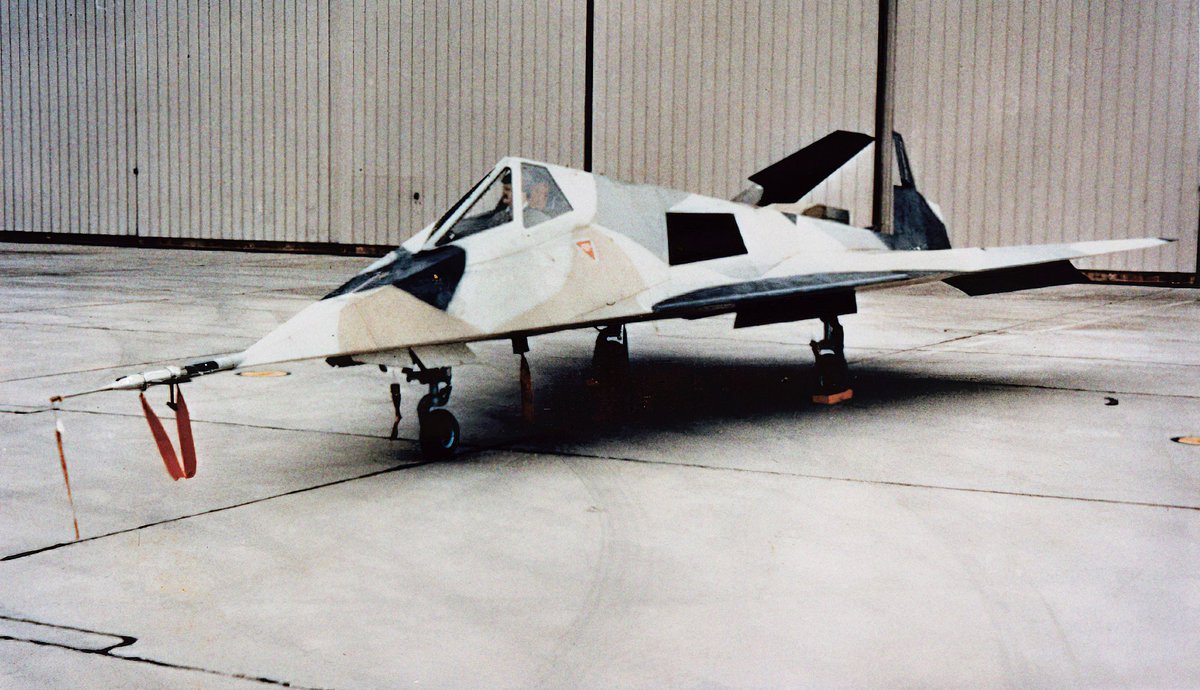
The Have Blue completed its maiden flight that year and showed that producing an effective stealth fighter was possible. Its angular design and geometric shape helped it to evade radar detection and deflect electromagnetic waves in different directions from the aircraft.
The Have Blue concept was subsequently given more funding grants by DARPA and was developed into the platform of the Lockheed F-117 stealth fighter which became operational with the United States Air Force in 1983.
A separate grant had also been provided by DARPA to Northrop to produce their own design for comparison in 1976.
Northrop initially named their planned prototype the Battlefield Surveillance Aircraft-Experimental (BSAX) aircraft and this would form the basis for what would become the Tacit Blue.
Development
The engineering team at Northrop sought to follow two requirements when drawing up plans for the new aircraft.
The first was to follow DARPA’s brief by creating an efficient stealth reconnaissance aircraft that could circle at low speeds near a battle zone while remaining undetected by the enemy. The second was to design the new plane around a large side looking array radar (SLAR).
It was intended for use against mass Soviet armored attacks in areas like the Fulda Gap, where it could loiter above and scan movement below, sending the live data back to a command center. Northrop aimed to design their aircraft with the ability to fly at around 25,000-30,000 feet at a relatively low speed above a battle site or enemy territory whilst avoiding detection.
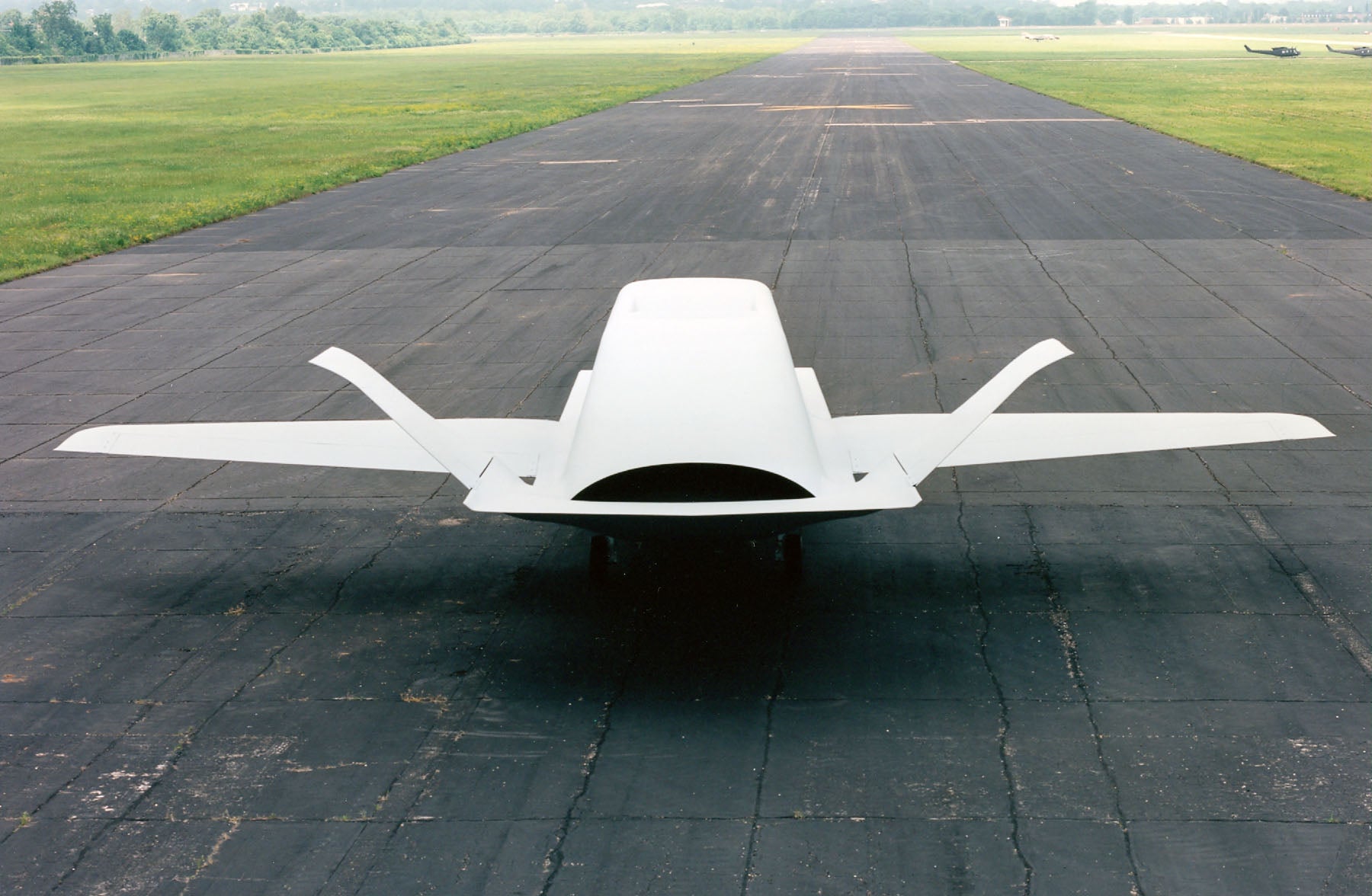
If perfected, this would be an exceptionally powerful tool for any military. Other reconnaissance platforms, such as satellites or the SR-71, fly over the area of interest at high speeds, grabbing quick shots during its brief duration overhead. This leaves large blanks of data which could contain critical information.
On the other hand, a platform like what Northrop was planning with the Tacit Blue would be able to sit directly above the enemy, completely invisible to radar, transmitting a live feed of their movements for hours. Multiple aircraft could operate together to maintain this feed.
The Tacit’s SLAR plans followed an opposite trend from existing aircraft designs. Typically, a radar system would not have been developed as the centre piece of an aircraft, and would have to be designed to accommodate the individual aircraft’s space and weight restrictions.
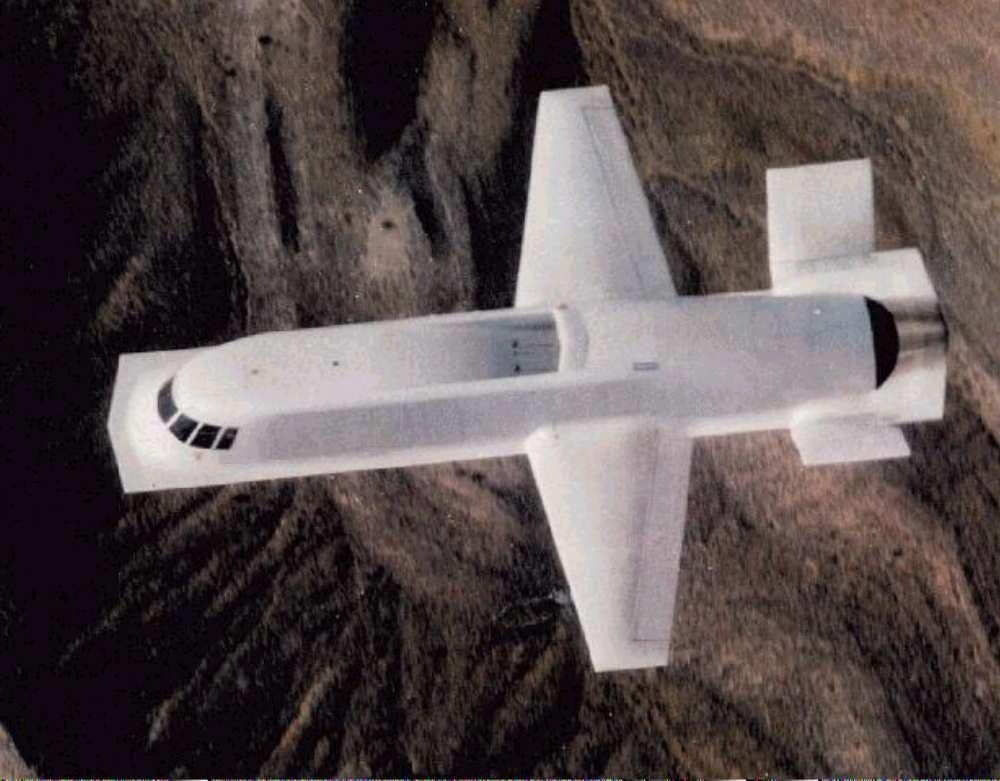
However, the engineers working on the Tacit Blue designed the aircraft around the radar as a central component and protect it and the crew from enemy radar.
The engineers and designers continued experimenting with various ideas for the Tacit Blue’s body and aerodynamic qualities around the radar before producing a workable concept idea through various drawings and model concepts.
The final idea resulted in many of the aircraft’s distinct features.
The Tacit Blue
The Tacit Blue had an unusual airframe shape with uneven proportions to accommodate the radar. Accordingly, new design solutions had to be found to make the plane capable of staying in the air. The wings were just over 48 feet in total span and utilized a 1930s era Clark Y airfoil design.
The Clark Y had been used by the Hawker Hurricane and the custom Spirit of St Louis design. Northrop’s engineers chose the Clark Y airfoil configuration as a result of its efficiency at low-speed performance and good endurance; ideal for the Tacit Blue’s role as a stealth observation plane.
The boxy fuselage of the plane with its small wings led to many humourous nicknames, including The Whale or The Alien School Bus.
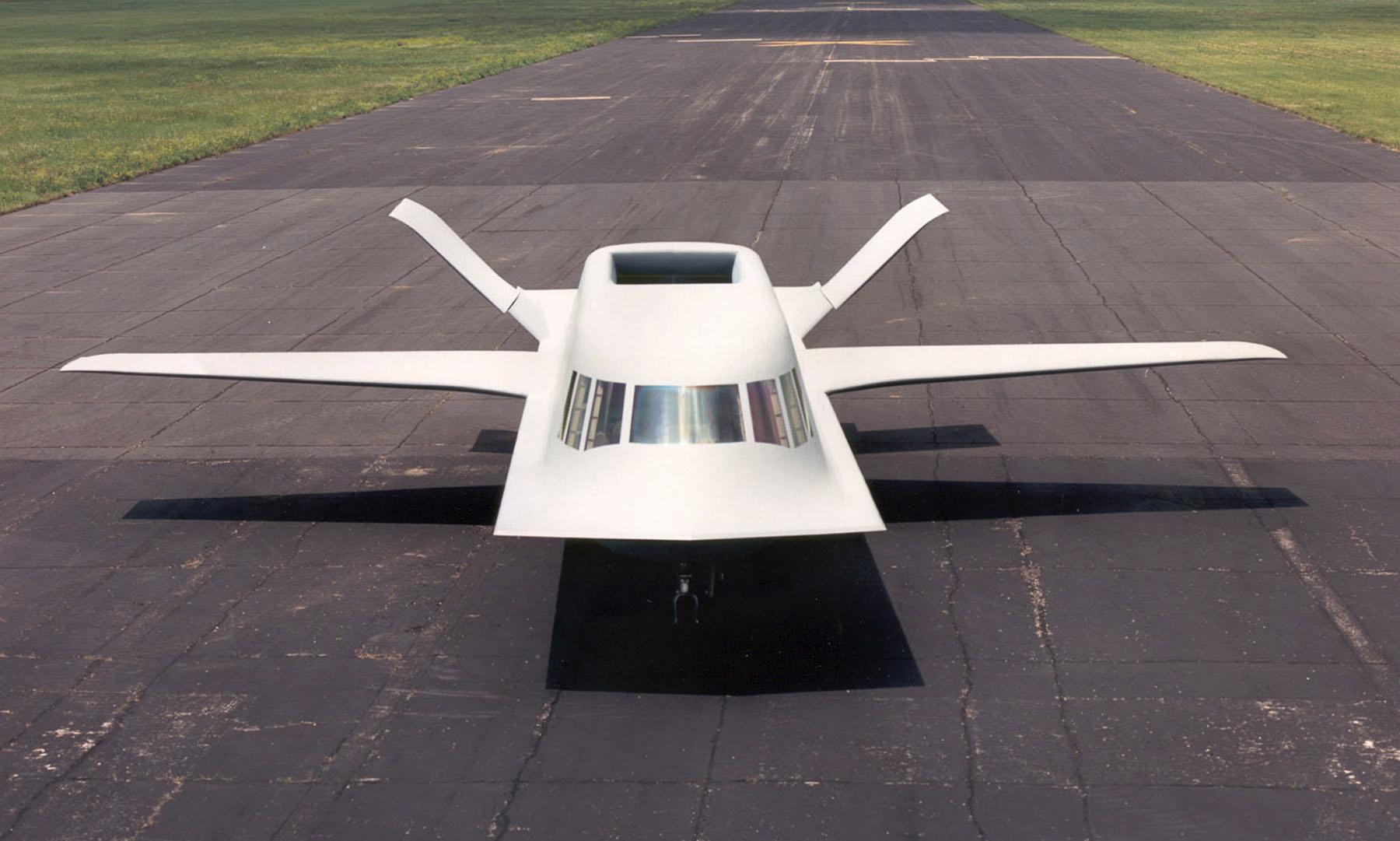
Due to its unusual shape and short wingspan, the Tacit Blue was found to be naturally unstable in the air. To remedy the problem, the Northrop engineer team developed a new flight computer control system and fitted this with a quadruple-redundant digital fly-by-wire flight control system to give the pilots smoother control of the plane and to help keep the Tacit Blue stable on its longitudinal and directional axes.
To provide power, two Garrett ATF3-6 turbofan engine units were fitted to the plane, similar to the units used in the French Dassault Falcon 20 business jet. These gave the aircraft a top speed of around 300 mph.
However, unlike the Falcon, the turbofan engines were fitted into the aft fuselage of the Tacit Blue. To provide air, this necessitated the use of a single dorsal intake that fed both engines to prevent any corruption of the stealth qualities of the fuselage.
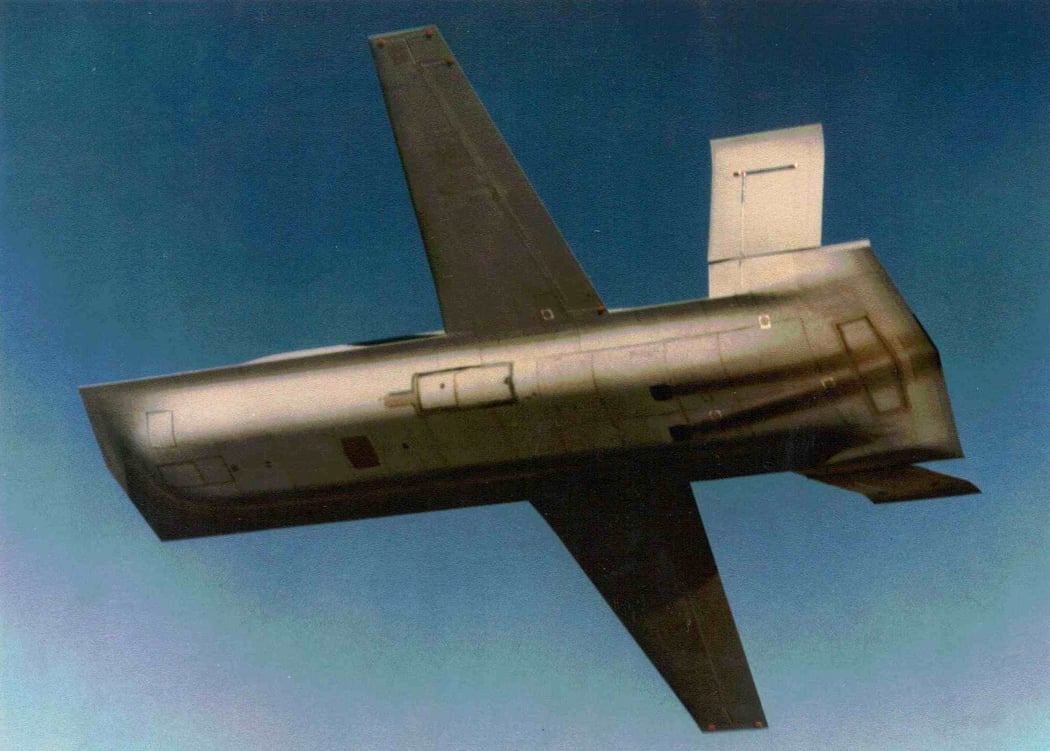
This arrangement complicated certain operational aspects such as engine starting and maintenance, but it also provided a greater amount of internal space that could be used to cool the engine exhaust, reduce infrared engine emissions and enable the aircraft to stay undetected by enemy radar.
Its stealth shape appears to have been exceptional for its day, capable of remaining essentially invisible until in visual range of a pilot. It is said that if a single panel, fitting or component was slightly loose or protruding from its surface, its radar cross section was significantly hampered.
The Tacti Blue’s radar was so incredibly powerful, that it could essentially make out the type of vehicles were on the ground as far as 30,000 feet below.
Testing
The Tacit Blue completed its maiden flight in February 1982 with Northrop test pilot Richard G. Thomas at the controls.
The first flight was completed at the experimental section of Edwards Air Force Base (commonly known as Area 51), where many new aircraft are tested away from public eyes. It was deemed satisfactory by observers before the Tacit Blue was sent for further proving flight runs.
Over a three year proving span, the Tacit Blue was often sent out for three to four weekly flights and during many of its test runs it flew more than once a day for the testing teams to record results.

Some of the stealth tests were carried out against an F-15 fighter jet due to the F-15’s powerful AN/APG-63 radar. The F-15 pilots found that the Tacit Blue stayed invisible until it was well within close range.
Test pilots found that when all four flight control computers were operating normally, the Tacit Blue had excellent flying abilities. Its fly by wire control input was highly responsive to the pilot which made for a very stable flight for those seated in the aircraft.
However, the aircraft’s handling abilities would deteriorate and become more unwieldy when the computers failed or were taken off line since the plane lacked the standard or proper aerodynamics to keep it flying. This was well known by Northrop executives and test pilots, with one Northrop vice-president describing the Tacit Blue as one of the most unstable aircraft he had ever flown in.
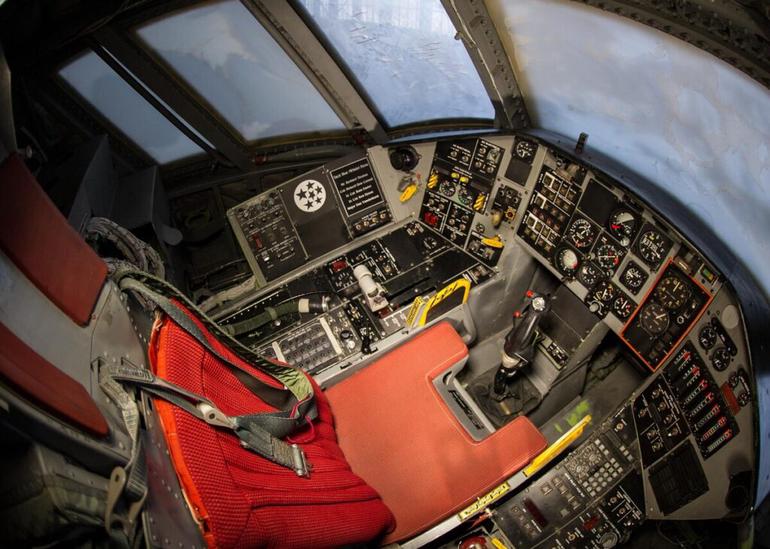
Over the course of its testing period, Northrop test pilots logged approximately 250 hours in the Tacit Blue. They carefully evaluated the plane’s performance, the ability of its stealth technology incorporated into the airframe and the detecting abilities of the giant SLAR radar inside the plane.
One of the main concerns regarding the Tacit Blue was not whether it was spotted on radar, but whether it was seen visually by an enemy pilot. If this occurred, likely by coincidence, the Tacit Blue had very few options and was essentially at the enemy’s whim. This problem went unsolved.
Fate
Tests found that the Tacit Blue’s features had potential and pointed to the future direction of stealth technology, but the aircraft itself was not deemed suitable for military use.
In total, only one airworthy Tacit Blue airframe was completed as a prototype. Another airframe was prepared for use in the event the first was lost. Once the tests were concluded, the aircraft was indefinitely withdrawn from experimental service and placed into hidden storage in 1985.
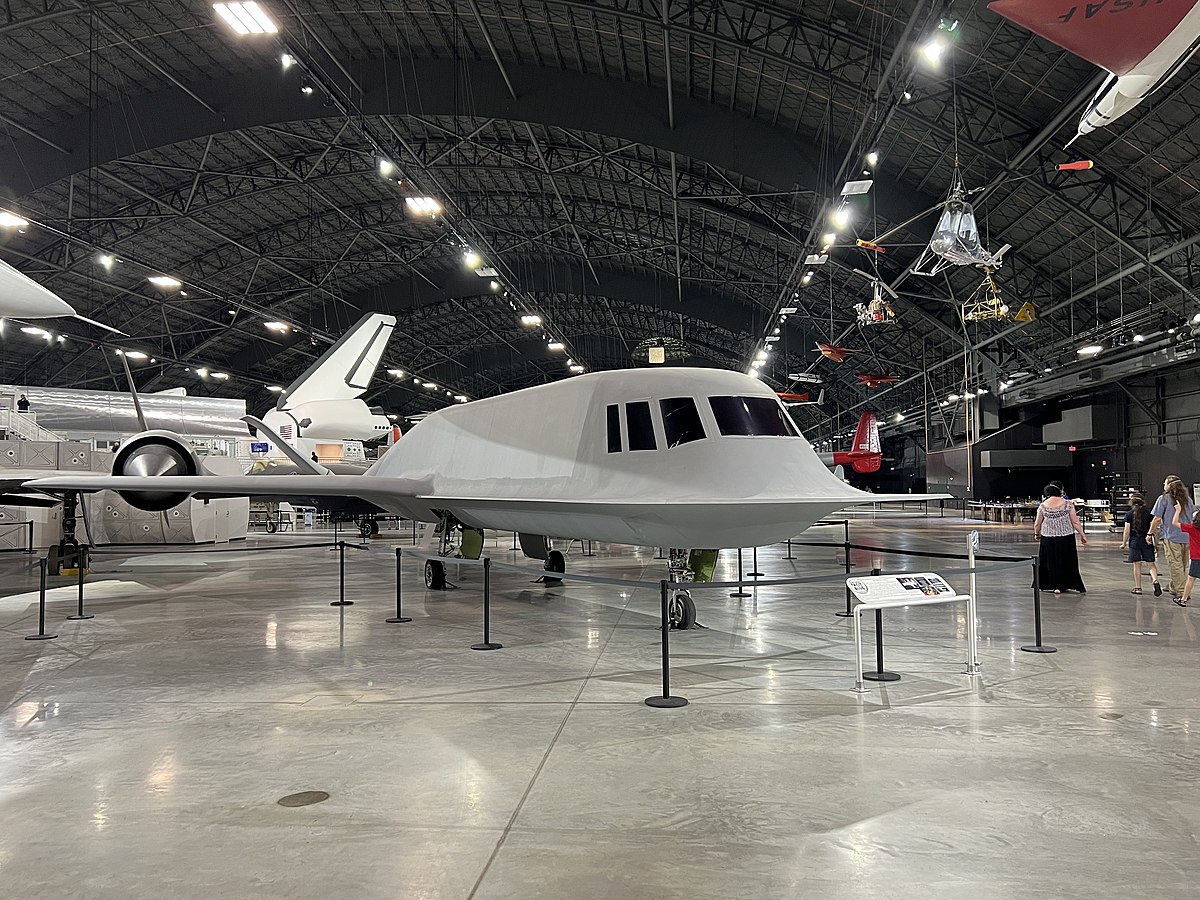
Like other secret American military projects developed in the Cold War era, all details of the Tacit Blue were kept classified and the airframe was stored away from public eyes – that was until 1996 when it was donated for public exhibition.
It was put on display at the National Museum of the U.S. Air Force in Dayton, Ohio where it remains at the time of writing and where its unusual appearance has intrigued the public ever since.
Legacy
Although the Tacit Blue never passed the concept stage, it provided a useful template for future stealth aircraft designs that saw active military service.
The data and research notes provided during the Tacit Blue’s tests would go on to be factored into the development of several weapon systems, including a concept that ended up becoming the E-8 Joint STARS radar system.
Most notably, features from the Tacit Blue were used by Northrop in the development of the successful B-2 stealth bomber, which was put into full production and first used in combat in 1999.
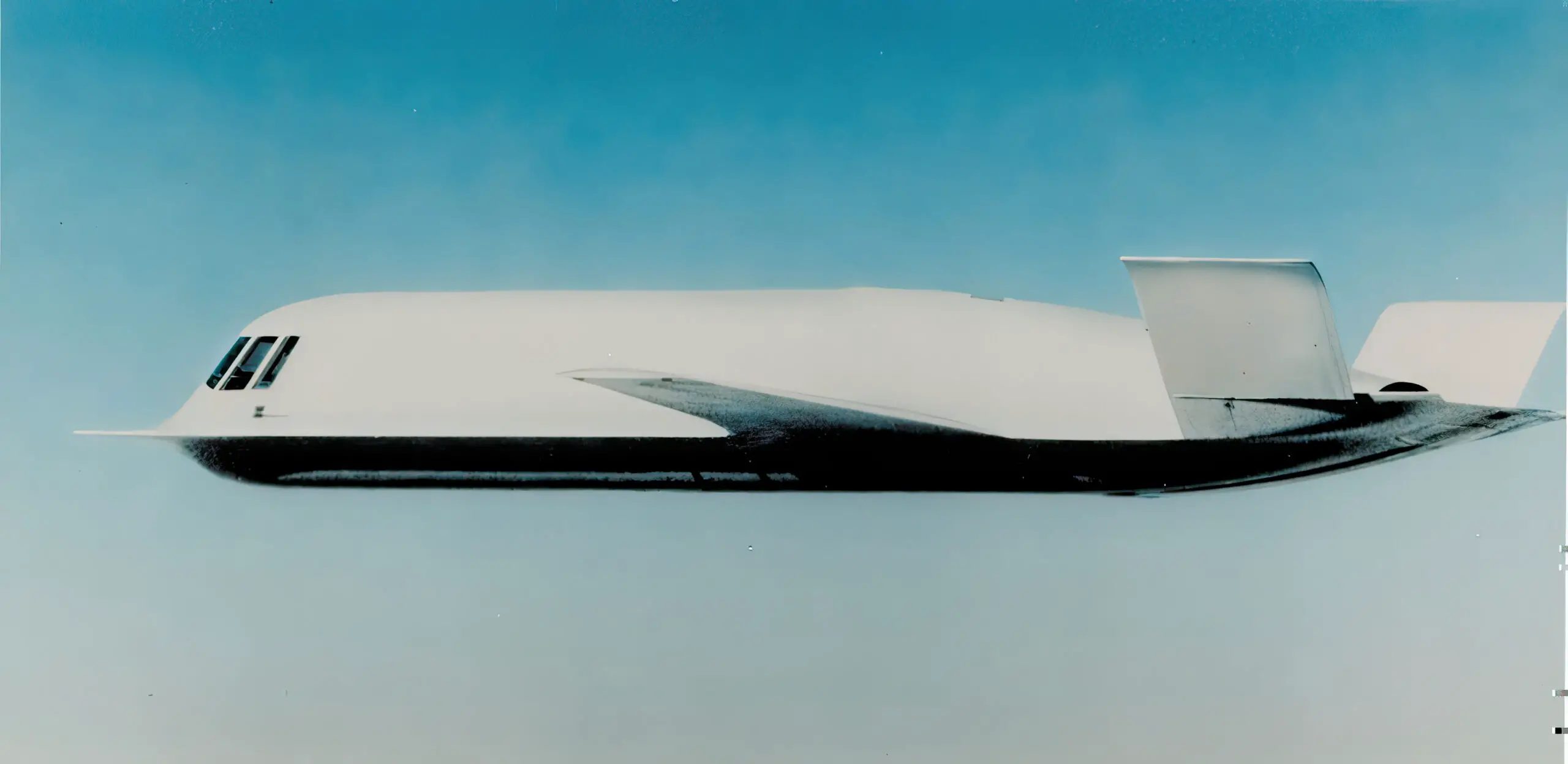
Thanks to research provided by the Tacit Blue and Lockheed’s Have Blue, stealth technology was further developed and has been successfully deployed in combat.
It is not known whether another aircraft succeeded the Tacit Blue, but there is some speculation that this is likely the case.
- Crew: 1
- Length: 17 m (55 ft 10 in)
- Wingspan: 14.7 m (48 ft 2 in)
- Height: 3.2 m (10 ft 7 in)
- Max takeoff weight: 13,600 kg (30,000 lbs)
- Powerplant: 2 x Garrett ATF3-6 high-bypass turbofan engines
- Maximum speed: 287 mph (460 km/h)
- Service ceiling: 7,600-9,150 m (25-30,000 ft)
Source: planehistoria.com


